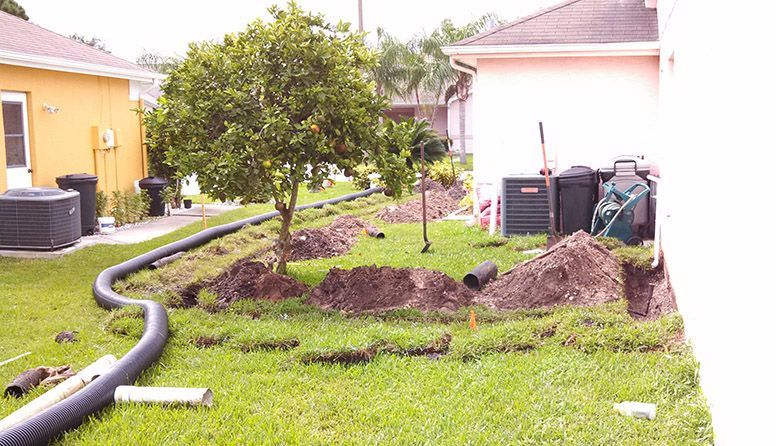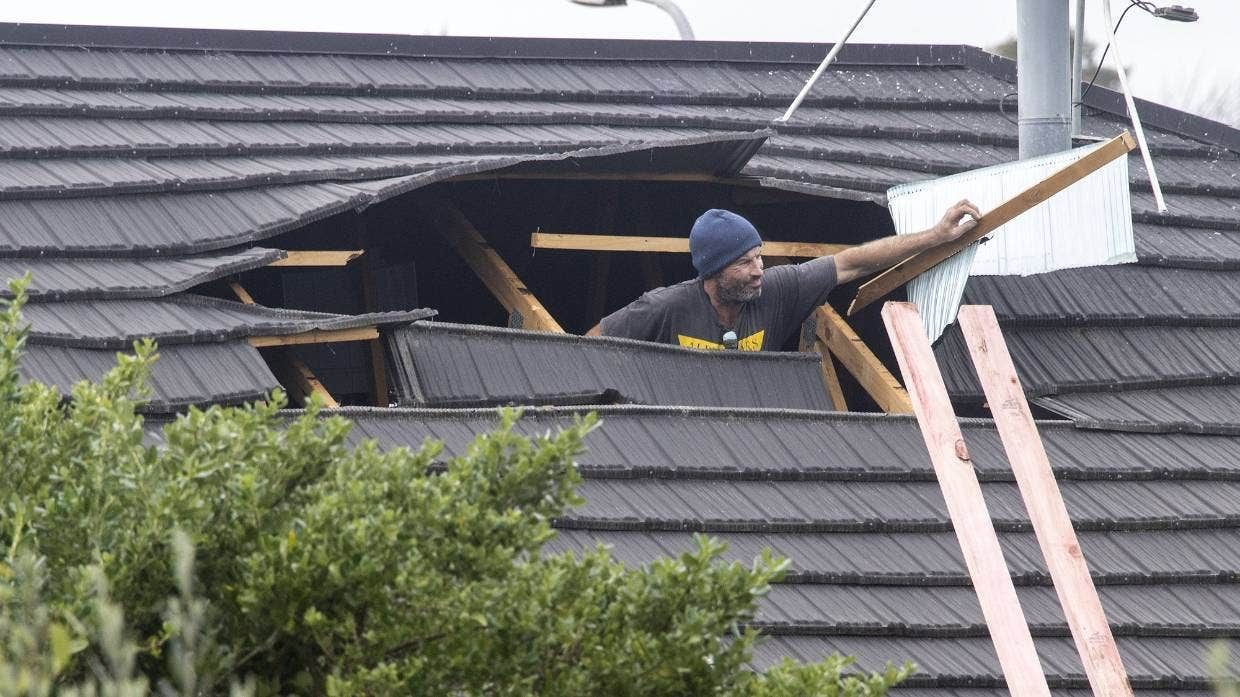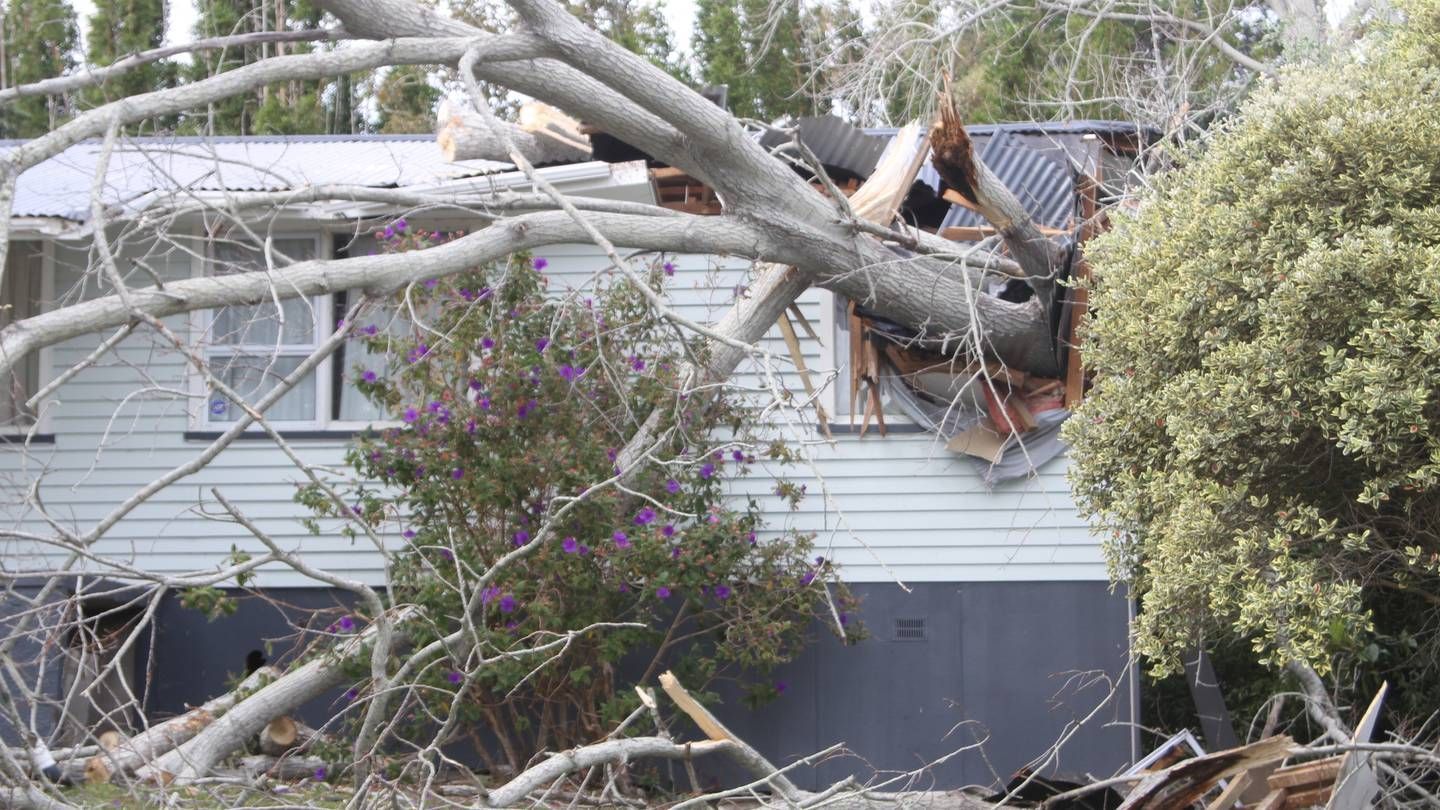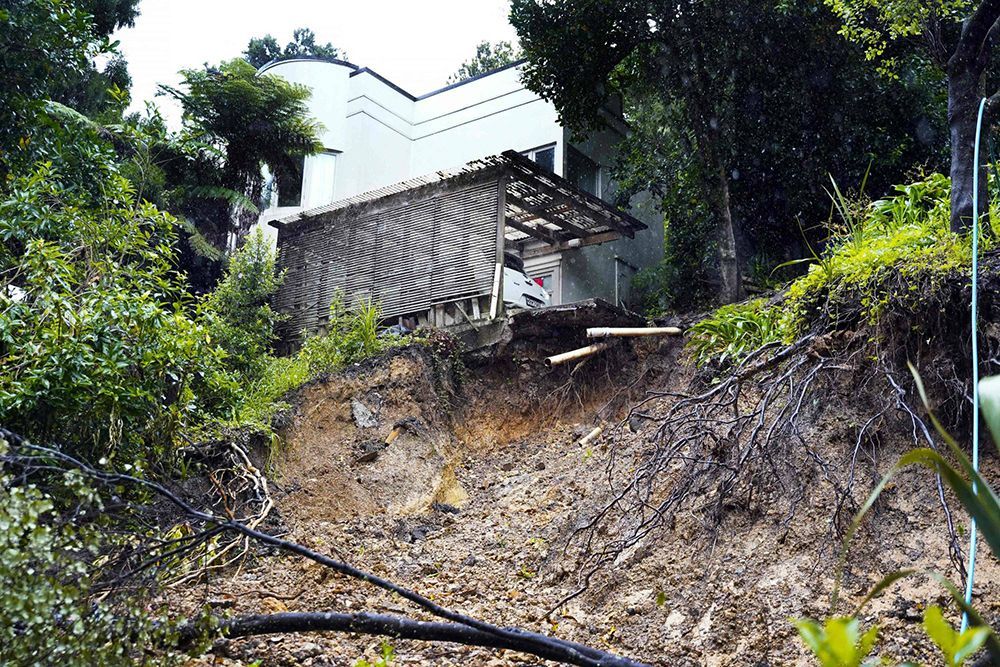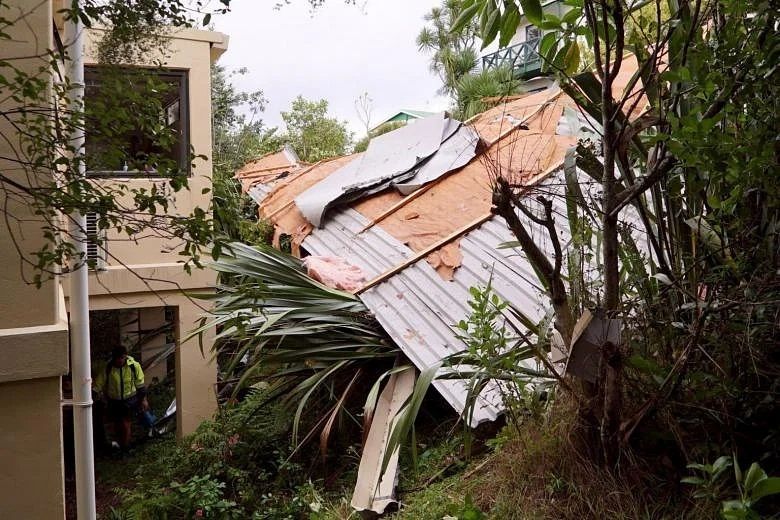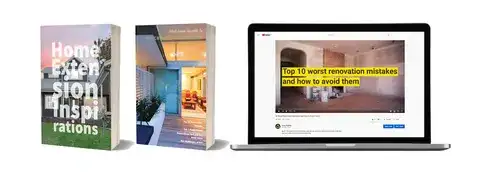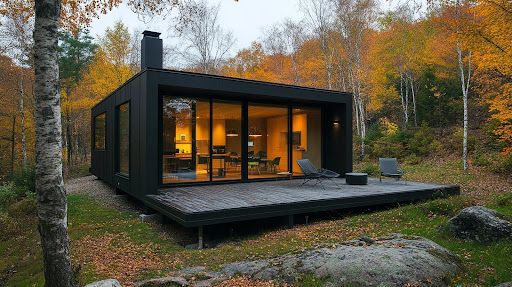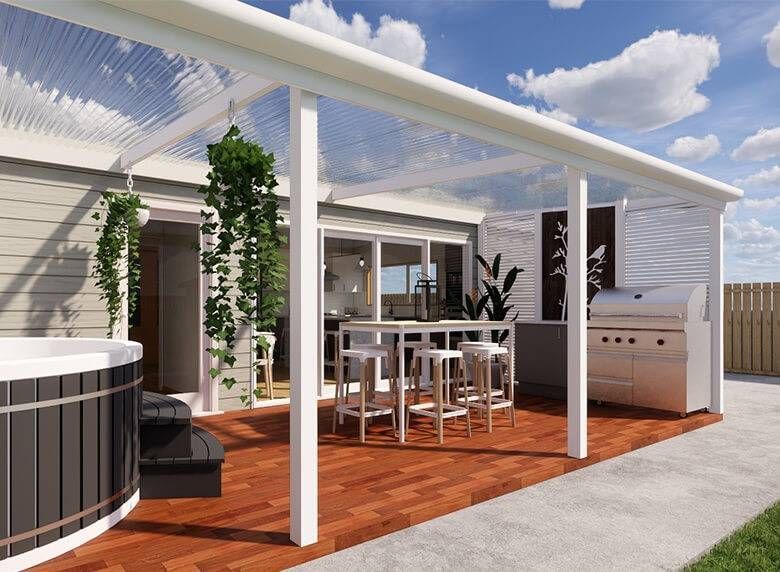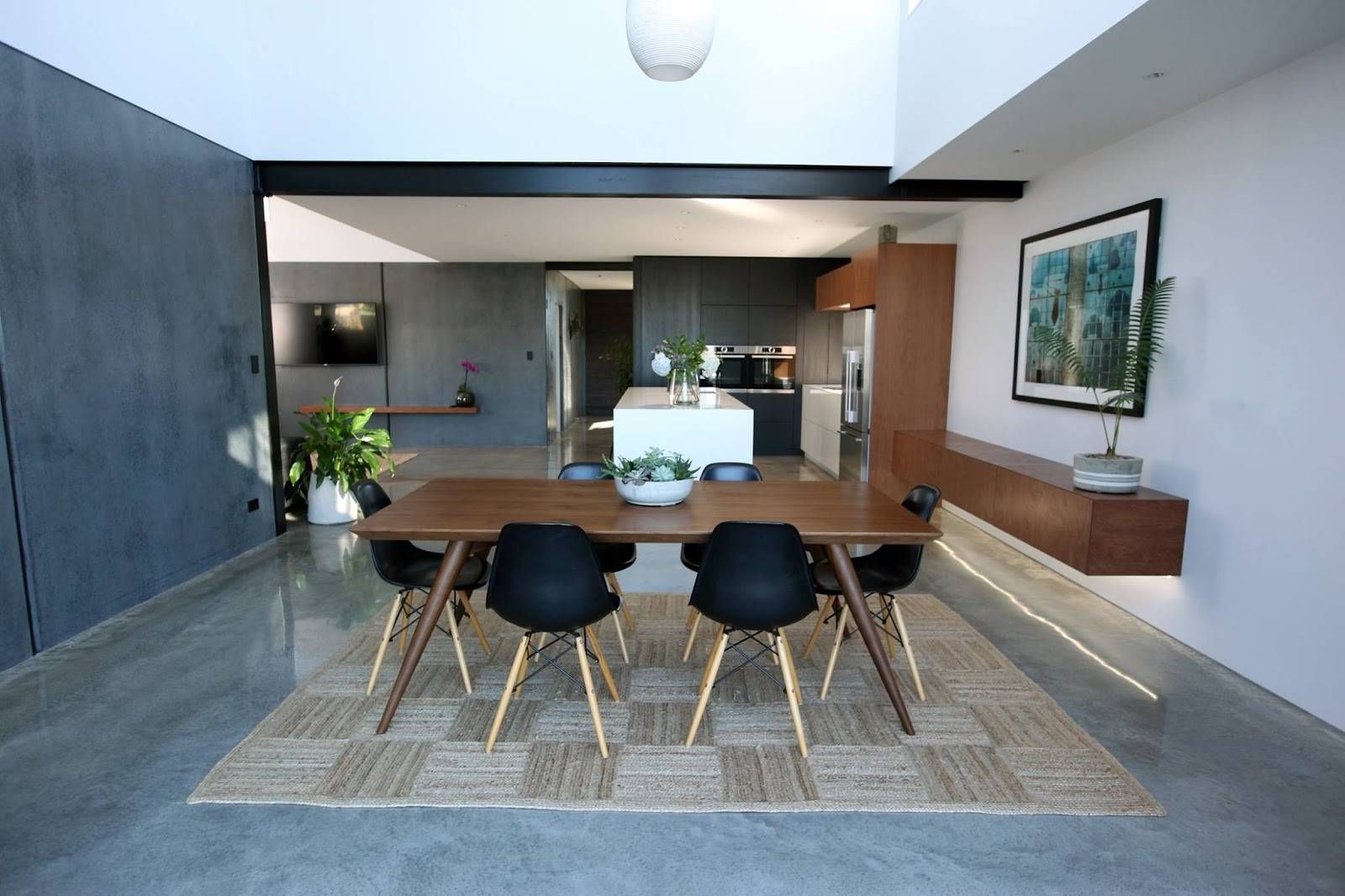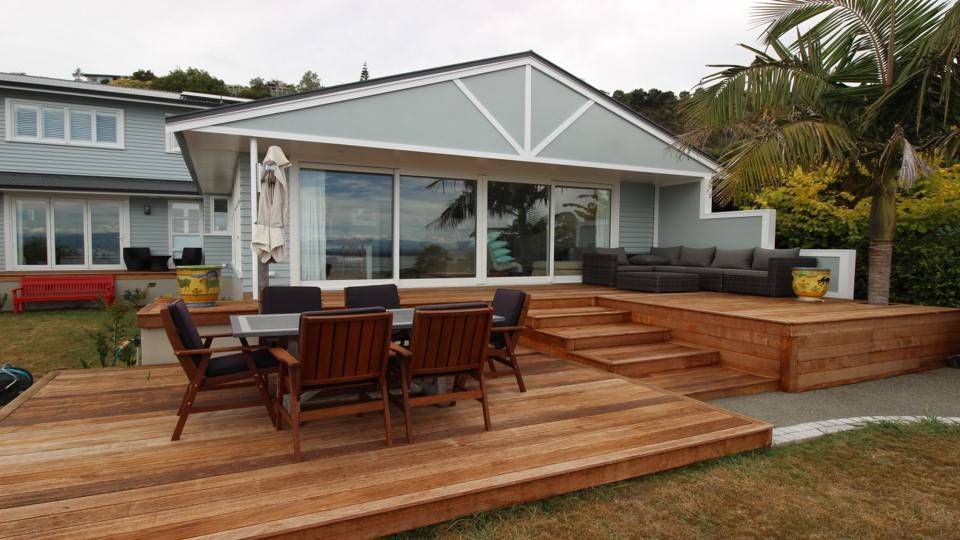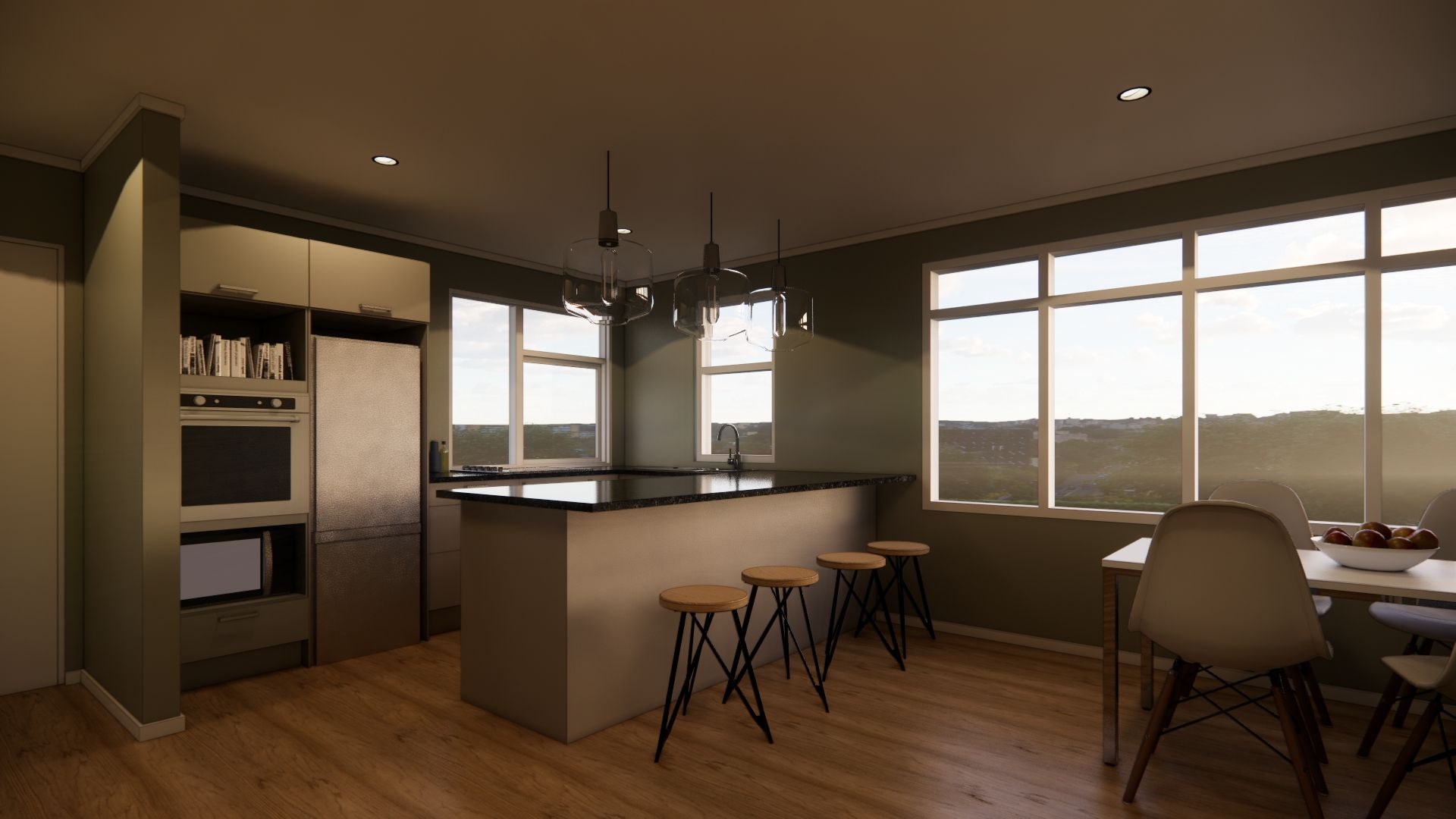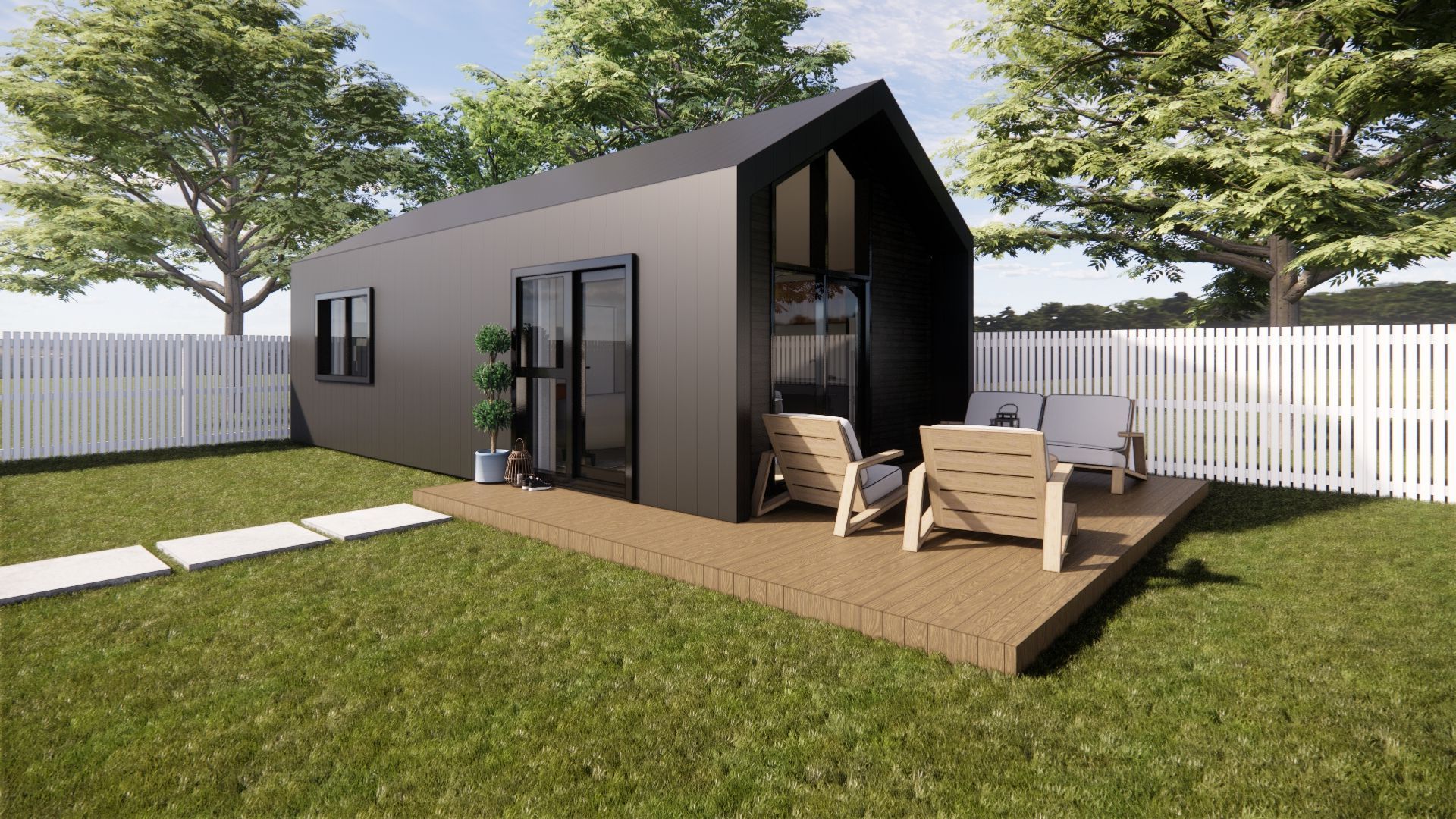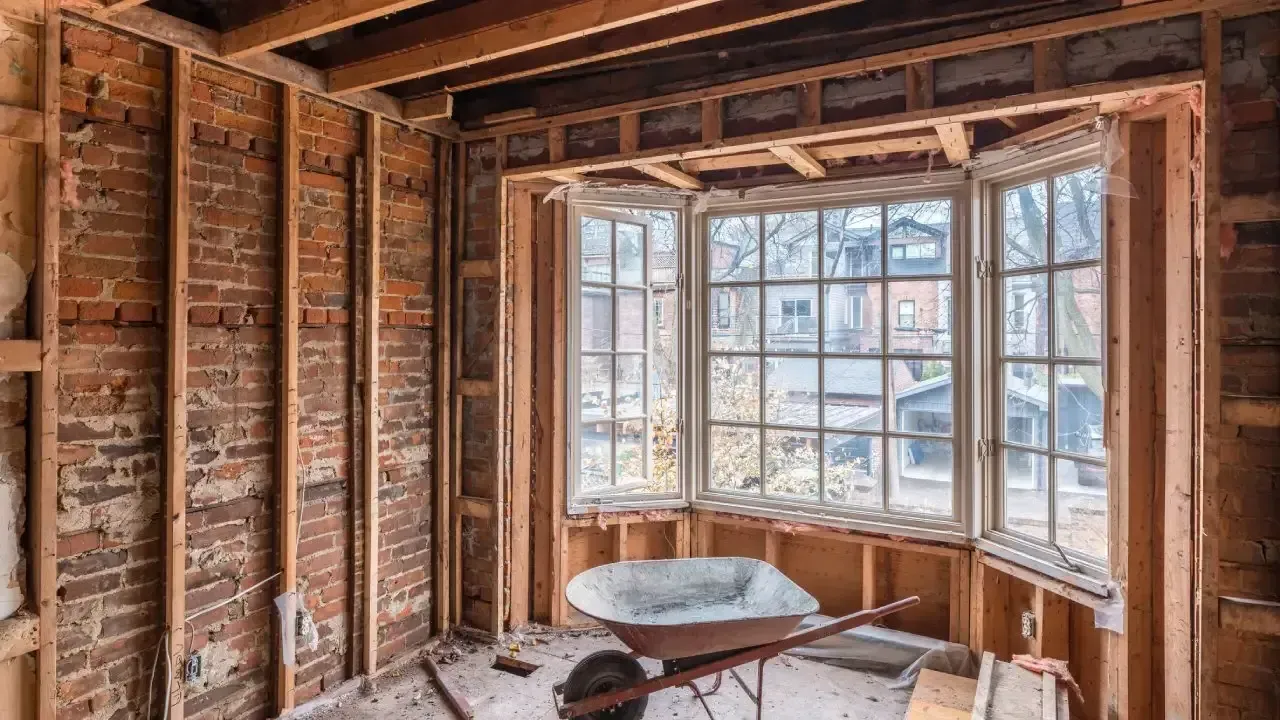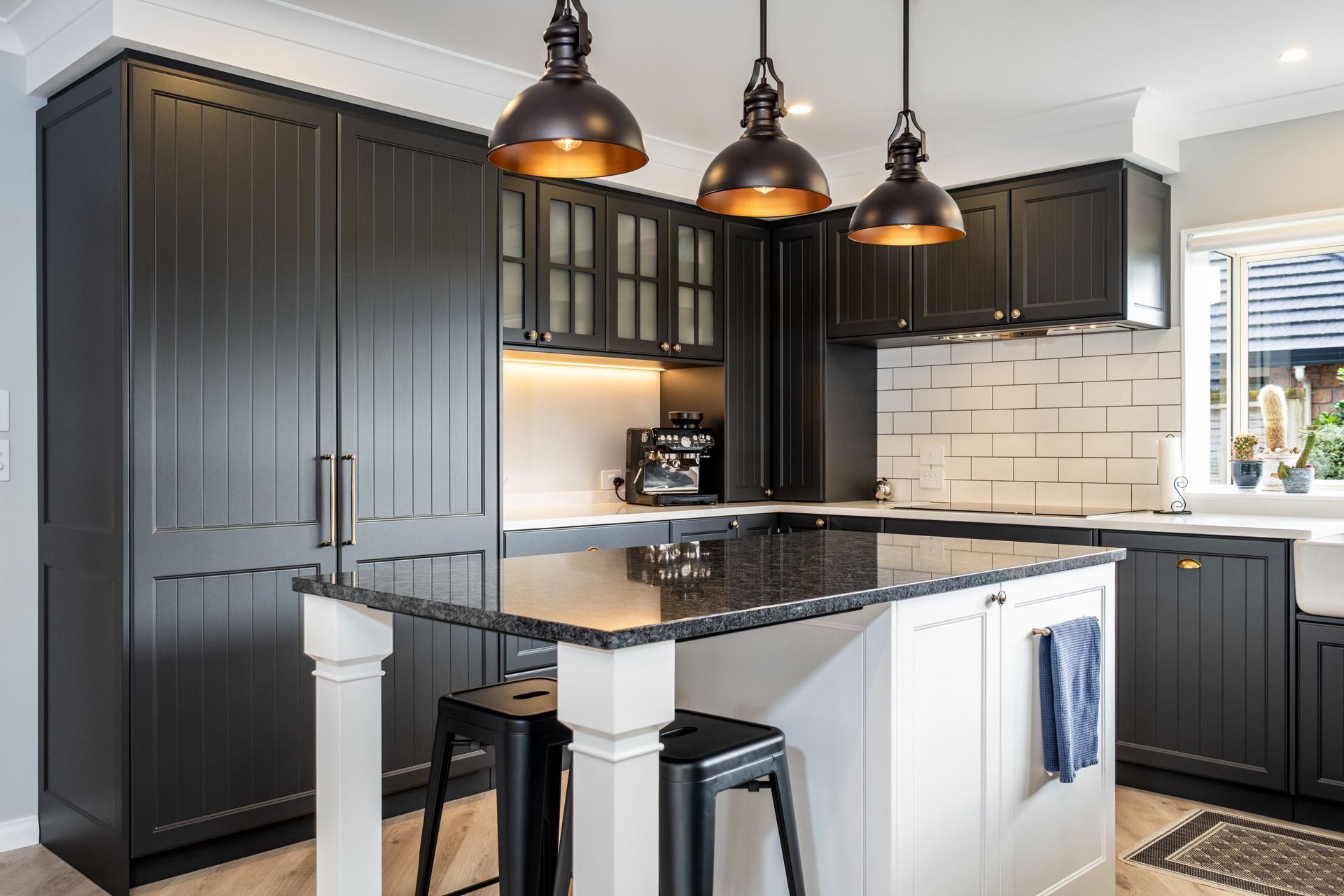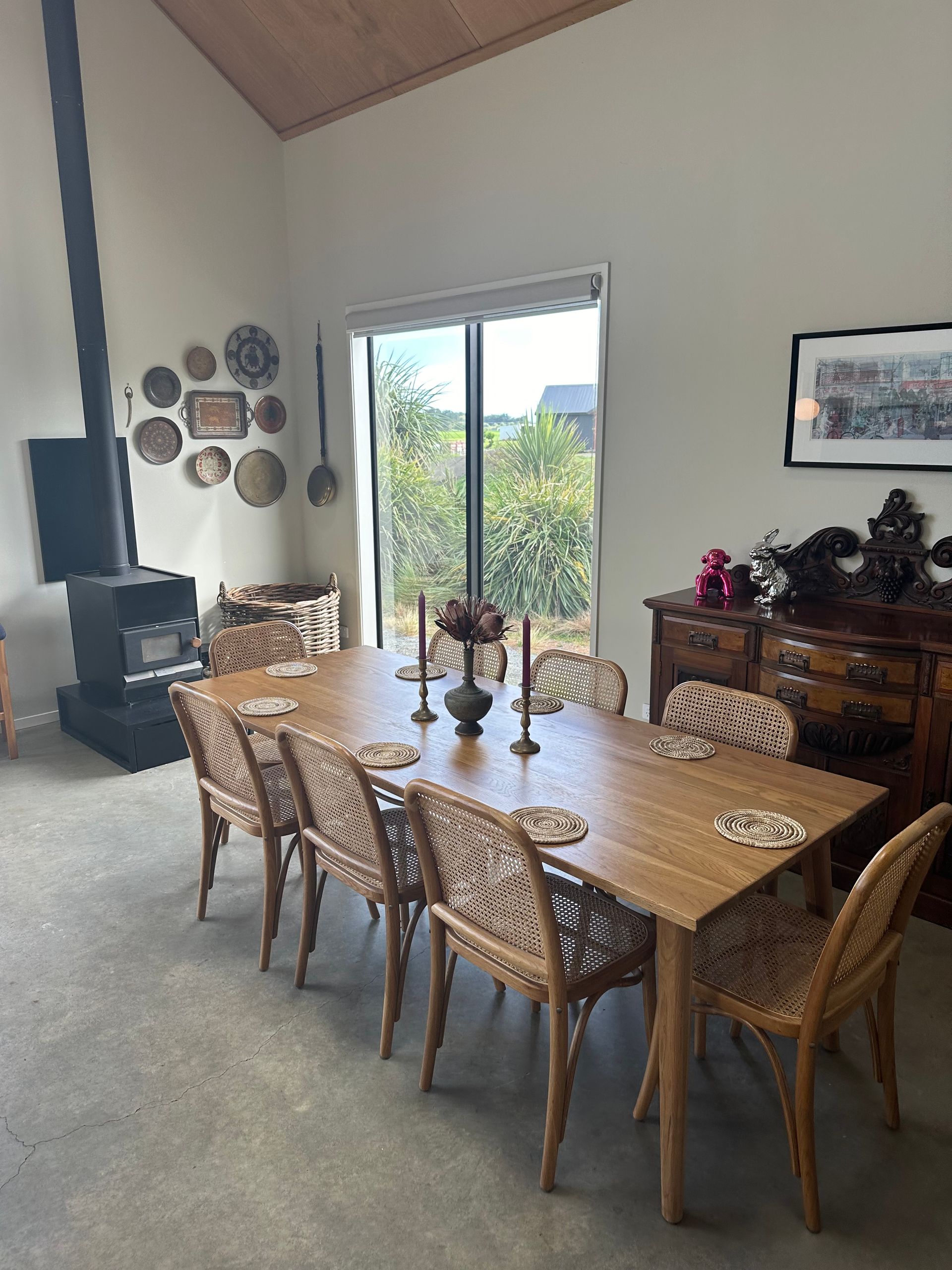As a homeowner, you’ve no doubt become more aware from recent weather events of the need to keep your property and family as safe as possible from these kinds of hazards.
Of course, if you are in an area that was hardest-hit by Cyclone Gabrielle or the recent flood conditions, there was no way you could have prepared for the devastation that took place – except by evacuating. Our hearts go out to you.
But if there’s anything positive that has come out of these events, it’s the greater awareness of the need to take what precautions we can against the increasing prevalence of storms, earthquakes and other natural phenomena that can strike anywhere. So we’ve come up with some of the precautions you can take or we can help you with to better protect your home and family.
1. Improve your drainage
If your neighbourhood is low-lying, there are two main ways to protect your home from flooding – lift your home above flood levels, or improve your drainage to let excess water escape.
The first option is expensive – especially if your home is on a concrete slab. So let’s take a look at the drainage option.
Making sure your roof guttering and downpipes are clear of debris is essential, as blockages can cause leaks, rot and mould even in normal weather conditions. If your existing guttering has already proved to be inadequate or is in poor condition, it may pay to replace it with a higher-capacity system capable of coping with heavy rain.
If you have visible drainage systems or sumps around your property, it also pays to clean them out regularly, especially if you have lots of trees or shrubs, and consider increasing their capacity too.
The minimum above-ground level clearance for concrete slabs is generally around 150mm, but this may not be enough in the current climate. Homes built on slabs before 2000 may not even have this level of clearance, in which case it would be worth considering improving the drainage around the perimeter of your home. Don’t consider doing this yourself, though, because professional advice and council approval is needed to ensure your neighbours aren’t adversely affected.
2. Reinforce your roof
Your roof is your first line of defence against heavy rain, but it’s also one of the most vulnerable areas of a home during a cyclone – as many discovered during Cyclone Gabrielle – or tornado – as homeowners at Waihi Beach discovered when a freak tornado blew their roof right off.
Waterproofing, reinforcing or even replacing your roof is one of the smartest home improvements. It pays to have your roof checked regularly for loose tiles, rusted iron and cracks around the chimney, vents and skylights. Check the structural integrity of the roof system and if you’re in a high-wind zone or unprotected area, consider installing roof bracing or strapping for extra protection.
Note: It’s important to bring in an expert to do this rather than trying to do it yourself as you could end up making the problem worse or becoming a statistic – falls from roofs and ladders are one of the most common causes of ACC claims in New Zealand.
3. Landscape to protect from wind and fire
We used to live in fear of a giant poplar tree in the corner of a neighbour’s property, only metres from our home. Older poplars are often used for shelter belts but are notorious for losing their branches or even toppling right over in high winds. During storms, we would sleep downstairs or on the other side of the house, just in case. Imagine our relief when the new owners had the tree removed!
Trees and debris can become deadly missiles during a cyclone or storm. By regularly trimming your trees and removing debris from your yard, you can help reduce the risk of damage, not only to your property but also to your neighbours’. Your neighbours certainly won’t be happy about bark or small chips from your garden being washed or blown onto their properties, so we recommend using stones, gravel or plants as ground cover.
That brings up another danger that we Kiwis rarely think about but increasingly face – the risk of fire. Parts of New Zealand may currently be soaked after the heaviest rains on record, but other parts are experiencing drought conditions. 2020/21 saw a record number of wildfires across the country, destroying more than 13,000 hectares. Thanks to climate change, it seems that these types of fires aren’t going to go out anytime soon.
The best way to protect your home against wildfires is to install fire-resistant landscaping to create what firefighters call a Defensible Space Zone. These consist of moisture-rich foliage set back from the home, landscaping materials such as stone, brick or concrete, irrigation and sprinkler systems to prevent your garden from drying out, and fire-resistant cladding or coatings on your home.
4. Make sure your property and home are stable
There is a greater risk of earthquakes and landslides in New Zealand than many other countries because of our position on a major fault line and our mountainous terrain. Many of us live on sloping sections and even those on relatively flat land may be at risk – remember the Christchurch earthquakes.
Foundations are called that for a reason – your home’s structural integrity depends on them. Previous leaks or flooding, rising damp or long-term degradation of concrete can lead to costly leaks or structural damage, so it’s best to contact a qualified expert to check and make repairs to your foundations.
You may not be able to protect your home against landslides and slips that occur above or below your property, as many residents of the tiny settlements at Auckland’s west coast beaches found out during Cyclone Gabrielle – but you can improve your own section’s stability.
One effective stabilisation method is to use retaining walls to prevent slides and erosion. If you already have retaining walls, it pays to have them checked for weaknesses such as rot and bowing and professionally repaired or replaced. If your section is sloping, having retaining walls put in can help to support your home’s foundations. An added bonus is that your property will become more usable, with level spaces for outdoor living and gardens.
5. Reinforce your exterior walls, doors and windows
Most of us pull our curtains during storms to prevent injury from shattered or flying glass but the cyclone and other recent storms have been so ferocious that curtains may no longer be enough to protect us.
Another precaution is to tie down outdoor furniture and larger items such as doghouses, trampolines and swing sets which could be smashed against the outside of your home. Unfortunately, sheds, playhouses and boats caused more damage to homes than anticipated during Cyclone Gabrielle because they tend to not be properly secured because of their weight. Winds of up to 150 kilometres per hour picked them up and threw them around like toys.
The garage door is typically the largest opening in a home’s building envelope, and if it breaks open during a cyclone or tornado, the rapid buildup of air pressure inside can “literally rip the roof off the house,” say weather experts. The same can happen if your windows and doors aren’t weatherproof, and there may come a time when Kiwi homeowners start bolstering these with reinforcing, high-impact glass and even hurricane shutters like those commonly used in hurricane-prone parts of the United States.

